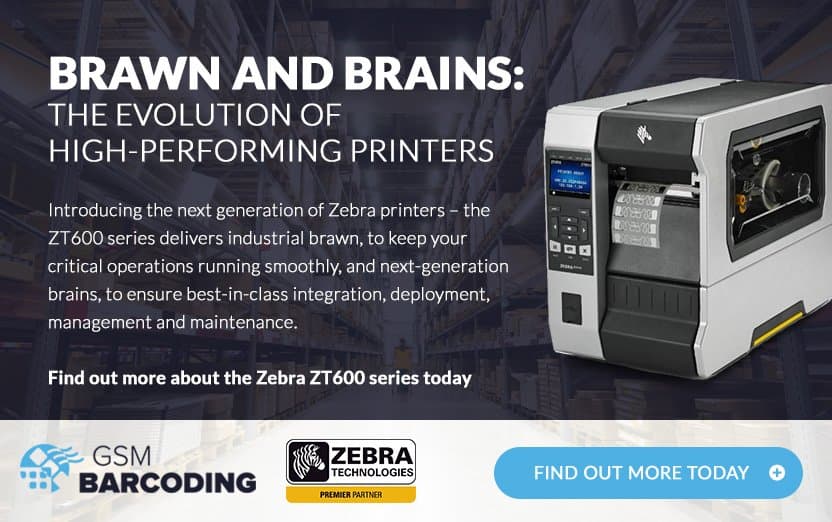Barcoding does more than speed up operations at the checkout: it underpins accountability, audit readiness, and regulatory compliance. From pharmaceuticals to aerospace, the barcode is the quiet workhorse that keeps complex processes aligned with stringent rules.
Why regulated sectors need more than a label
Pharmaceuticals. Every unit (down to the individual box or bottle) must be tracked from manufacture to dispensing. Machine-readable identifiers (e.g., GS1 DataMatrix) help prevent medication errors and ensure batch and expiry data are accurate and scannable at each step.
Aerospace. Part-level traceability is non-negotiable. Barcodes on components, assemblies, and spares create a verifiable chain of record that regulators expect and auditors review.

Because these environments operate under tight scrutiny, barcoding isn’t just about efficiency—it’s a cornerstone of compliance.
How barcoding supports compliance
- End-to-end traceability and audit trails
Each scan captures time, location, batch/serial data, and often the operator, building a digital trail auditors can follow across manufacturing, distribution, and maintenance. - Fewer human errors
Automated data capture removes manual keying—the weakest link in many regulated workflows—reducing mislabeling, omissions, and transcription mistakes. - Standards alignment and code quality
Regulated sectors require specific symbologies and verification against standards (e.g., ISO 15415/15416) and industry rules (such as UID/IUID). Verification ensures codes are readable throughout the product’s life. - Durability for harsh environments
In industrial settings, labels must withstand heat, vibration, chemicals, and abrasion. Selecting the right materials and printers is essential to keep codes readable and compliant.
From pharma to aerospace (and beyond)
- Pharma: Barcoding is embedded in packaging and labelling to support serialisation, deter counterfeits, and ensure each unit carries the required data.
- Aerospace: Barcodes on parts and assemblies feed maintenance, repair, and overhaul (MRO) records and keep production audit-ready; a single unreadable code can trigger delays or findings.
- Other regulated sectors, such as industrial equipment, chemicals, and medical devices, follow the same principle: where traceability is mandated, barcoding forms the backbone.
What to look for in a barcoding solution
- Standards support: Required symbologies, serialisation, and traceability frameworks for your industry.
- Label durability: Materials and adhesives proven for your operating conditions.
- Scanning & verification: Built-in verification to maintain code quality and readability over time.
- Domain expertise: A provider with proven experience in your regulatory environment (pharma, aerospace, or other highly controlled fields).
Bottom line
Barcoding may be mature technology, but in regulated industries it remains mission-critical. The ability to track every item, capture accurate data, and demonstrate compliance is essential. Choosing solutions tailored to your sector strengthens traceability, reduces risk, and improves audit readiness.


















